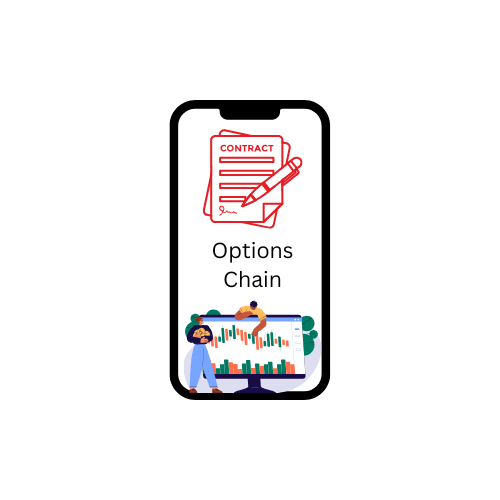Both futures and options are classified as “derivative products.” A futures contract is a contract to purchase or sell an underlying stock or other asset at a fixed price on a particular date. On the other hand, an options contract offers the investor the option to buy or sell assets at a specified price on a specific date, known as the expiration date, but not the obligation to do so.
Derivatives are financial products that do not have their own intrinsic worth. They function similarly to a bet on the value of existing instruments such as stocks or indexes. As a result, derivatives are indicative of the price of their underlying securities since they allow you to take a position based on your forecast of its future price.
Terms in F&0
Here are some key words to know in order to truly understand F&0.
i) Underlying Security: The essential component of the futures and options that give this derivative contract its value is an underlying security. F&O might be based on a stock, bond, currency, interest rate, index, or commodity.
ii) Strike Price: The strike price is the price at which the owner of an options contract agrees to purchase or sell the underlying asset when the contract is exercised.
iii) Premium: The current price (or charge) of an options agreement paid to the seller by the option buyer. As a rule, it is traded on the Exchange. The higher the underlying asset’s volatility, the larger the premium.
Expiry Date: This is the deadline by which the options must be exercised before they expire.
Options
An options contract gives the buyer the right but not the obligation to purchase or sell the underlying asset at a specific price on or before a fixed date. Options allow you to trade stocks without having to own them.
The option buyer might choose not to acquire or sell the underlying asset.
Types of Options
Options are divided into two categories: Call and Put.
1) Call Options: A Call Option offers the buyer/holder the right but not the obligation to purchase a certain quantity of an underlying asset.
2) Put Options: A Put Option offers the buyer/holder the right, but not the obligation, to sell a certain amount of an underlying asset.
Futures
Futures are contracts that must be resolved (paid for) once they have been entered into. When you purchase or sell a futures contract, you agree to acquire or sell the underlying asset at a pre-determined price on or before a specific date.
Futures of Various Types
Stock futures, currency futures, index futures, interest rate futures, and other financial futures
Commodity futures, energy futures, metal futures, and others are examples of physical futures.
Who Should Invest in Futures and Options?
Trading futures and options has the potential for profit, but it also has the potential for danger. This type of trading may not be suitable for all investors. Both F&0 have their own set of advantages and disadvantages. Traders that invest in F&0 come in a variety of shapes and sizes:
a] Hedgers: Hedgers are individuals who are concerned about being influenced by the price movement of a particular asset and hence engage in a derivative contract to mitigate the risks associated with such price changes.
b] Speculators: Speculators are those who invest in assets solely to profit from price volatility.
c] Arbitrageurs: Arbitrageurs are those who aim to benefit on price differences in assets as a result of market circumstances.
Futures and options trading is notas difficult as many people believe it to be. A thorough comprehension will undoubtedly aid you in making better use of these cutting-edge financial goods!




